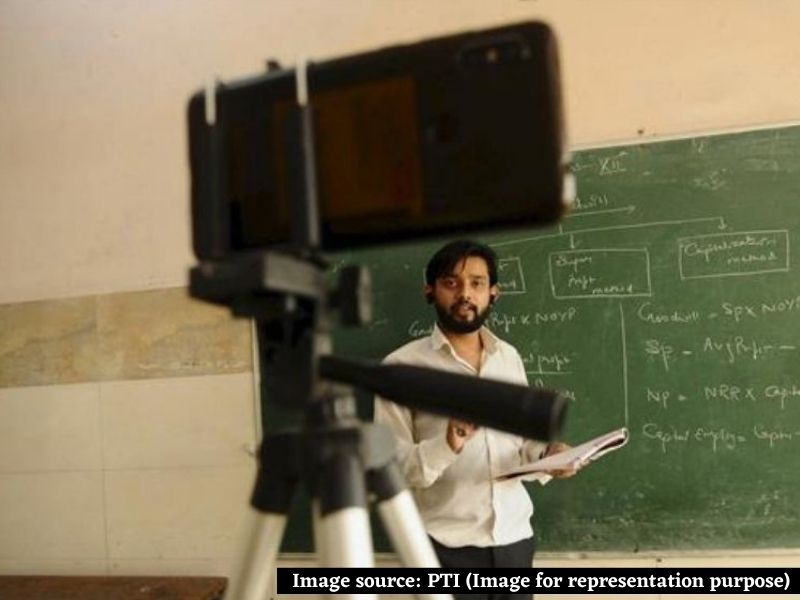Recently released authoritative studies — Annual Status of Education Report 2014 and the Young Citizen National Survey 2015 of the Children’s Movement for Civic Awareness — highlight that learning outcomes in school education are rock-bottom.
While it’s easy to blame the ‘system’, the teachers’ community which is an integral part of the system is also to blame. Learning 21st century skills requires 21st century teaching. For students to learn, we have to teach them differently than we have done in the past. How we teach will reflect how our students learn. It must also reflect the world our students will live in.
Change is in the air. The world is changing rapidly, connecting, adapting and evolving. Our style and approach to teaching must also change and we need to bear in mind the fact that students we teach today are completely different from students of the 20th century. It’s our responsibility to acquire new classroom skills, absorb new pedagogies and focus on developing the problem-solving, critical thinking, creativity, communication and collaboration skills of our students. In short, a paradigm shift in pedagogies and classroom practice has now become mandatory.
For teachers in primary, secondary and higher education to transform into contemporary educators, here are some guidelines:
Make teaching relevant. Teachers need to develop dynamic learning mindsets and embrace social, collaborative and self-directed pedagogies. By welcoming and integrating technology into our classrooms, we can connect school with our students’ everyday lives.
Teach through disciplines. We need to link classroom content with real world problems. Knowledge delivery should also suggest ways and means to apply knowledge.
Develop students’ thinking skills. While much of the content we teach may become obsolete within a few years, thinking skills developed will remain with students for their entire lives. 21st century pedagogies require teachers to develop our students to attain higher order thinking skills as defined in Bloom’s taxonomy. This means we need to move from ‘lots to hots’. 21st century teachers need to encourage and enable students to develop their comprehension, creative, imaginative and deep thinking skills.
Encourage learning transfer. Students must be taught to apply the skills and knowledge of one discipline to another, and to apply what they learn in school to diverse issues and activities beyond school gates.
Self-learning and study. Educating students for the 21st century requires teaching them ways and means to learn independently.
Therefore, students must be made aware of learning processes and pedagogies which are as important as learning outcomes.
Promote teamwork and collaborative learning. The 21st century is an age of collaborative information gathering and learning.
With teachers having transformed into facilitators, they need to encourage peer-to-peer learning and team building activities.
Use new technologies to support learning. In today’s digital landscape, children are highly interactive and demand quick access to new knowledge. With the world literally at their fingertips, students need teachers and administrators to thoroughly contemporise classroom technologies.
Foster creativity. Creativity development requires structured teaching which can be learnt through the disciplines. If students discover that classroom lessons are related to their everyday lives, they will be motivated to learn and apply acquired knowledge.
Develop whole-brain thinking. Left-brain capabilities — logical, linear, analytical, spreadsheet type of skills — are important but not sufficient for success. Right-brain capabilities —artistry, empathy, design, seeing the big-picture — are equally important. Children need to develop both left and right brain capabilities to be able to ask age-appropriate questions, improve concentration and develop life skills and emotional intelligence.
In the new millennium, the role of teachers is to enable students to build on their lower-order thinking skills (LOTS) to develop higher-order thinking skills (HOTS). Transformed classrooms with new technologies in which teachers are co-learners and facilitators will best prepare our students for higher education and the new workplaces and vocations of the 21st century.
(A school teacher and administrator for over three decades, Vijay Lakshmi Singh is principal of the G.D. Salwan Public School, Delhi)
